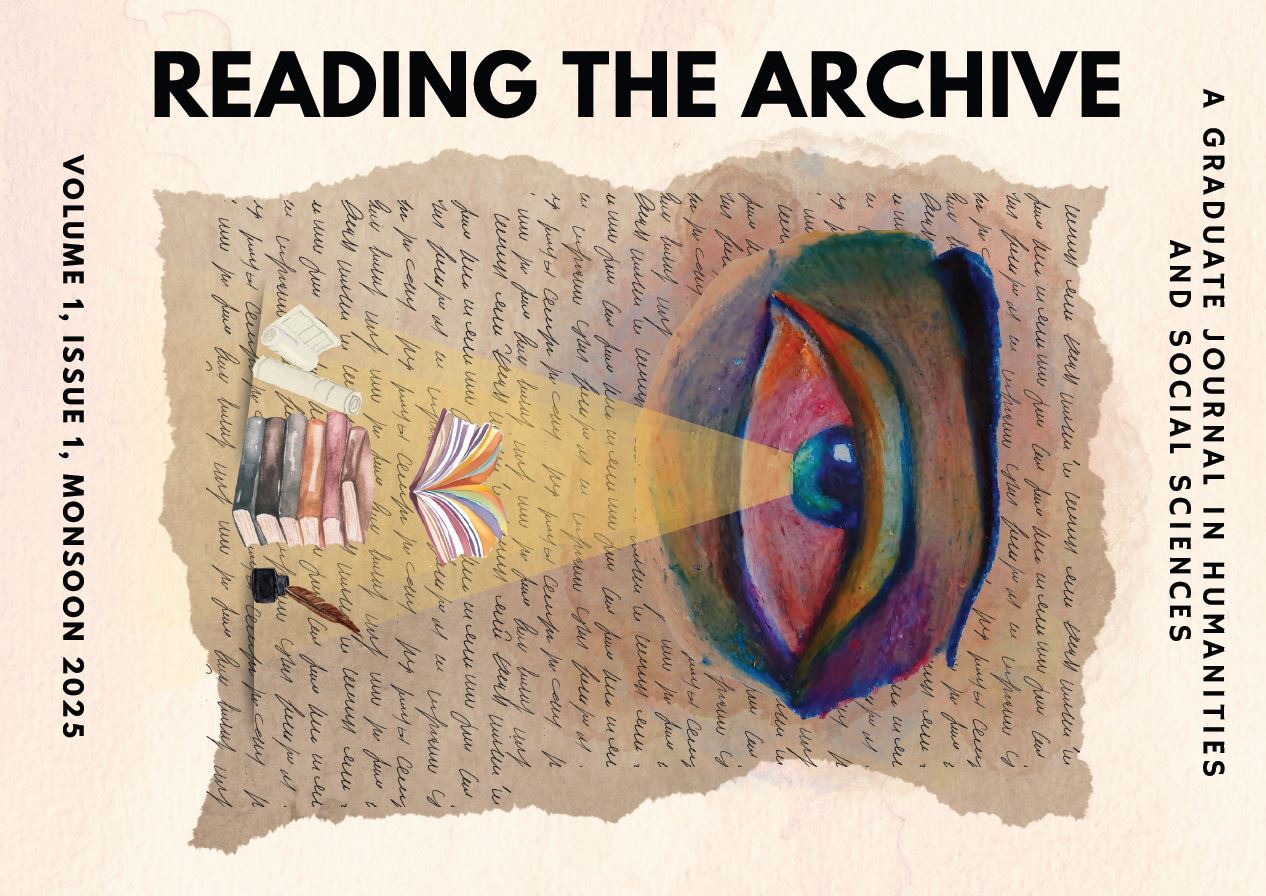Sculpting the Symbols
Reading the meanings of sculptures at the Sesharayar Mandapa in Srirangam Temple
Keywords:
Vijayanagara Empire, Srirangam, Vaishnavism, Sesharayar Mandapa, iconography, tiger-hunting imageryAbstract
This paper examines the figural sculptures of the Sesharayar Mandapa in the Srirangam Temple, focusing on their historical, cultural, and symbolic meanings. Highlighting cavalry, tiger-hunting, and mythological scenes, the study interprets these images as visual assertions of Vijayanagara imperial power and legitimacy. It contextualises the mandapa as both an artistic achievement and a political statement, reflecting claims over Chola legacy, military prowess, and temple restoration. Through an iconological reading of the composite columns, the paper reveals how sculpture functioned as a medium to convey sovereignty, religious guardianship, and socio-political aspirations within early modern South Indian temple architecture.
References
Anjum, Nazer Aziz. “Horse Trade in Medieval South India.” Proceedings of the Indian History Congress, Vol. 73 (2012): 295-303.
Athale, Uma. “Tigers in Indian Mythology.” Jeevoka, October 2, 2019. https://jeevoka.com/tigers-in-indian-mythology/s (accessed June 3, 2021).
Balusami, Sa. nayakkar kaalak kalaik kooTpaaTukal. Nagercoil: Kalachuvadu Publications, 2017.
Branfoot, Crispin. “‘Expanding Form’: The Architectural Sculpture of the South Indian Temple, ca. 1500-1700.” Artibus Asiae, Vol.62 No.2 (2002): 189-245.
Champakalakshmi, R. Religion, Tradition, and Ideology: Pre- Colonial South India. New Delhi: Oxford University Press, 2011.
Chavan, Akshay “The City of The ‘Conqueror Of The Ganges’!” Live History India, July 30, 2017.https://www.livehistoryindia.com/story/amazing-india/the-city-of-the-conqueror-of-the-ganges/. (accessed June 4, 2021).
Greaves, Laxshmi Rose and Adam Hardy. Bridging Heaven and Earth: Art and Architecture in South Asia, 3rd Century BCE-21st Century CE. New Delhi: Dev Publishers, 2020.
Hari Rao, V. N. The Srirangam Temple Art and Architecture. Tirupati: The Sri Venkateswara University, 1967.
Karashima, Noboru. ed. A Concise History of South India Issues and Interpretations. New Delhi: Oxford University Press, 2014.
Mandala, Vijaya Ramadas. Shooting a Tiger Big-Game Hunting and Conservation in Colonial India. New Delhi: Oxford University Press, 2019.
Michell, George. Architecture and art of Southern Indian Vijayanagara and the successor states. Cambridge: Cambridge University Press, 2003.
Seshadri, Badri. “A History of Srirangam.” THT’s Site Seminar, April 5, 2013. https://thtsiteseminars.wordpress.com/2013/04/05/pre-visit-talk/ (accessed May 17, 2021).
Shukla, S.K. “Horse Trade in Medieval South India Its Political and Economic Implications.” Proceedings of the Indian History Congress, 42 (1981): 310-317.
Sivasamy, A. “Architectural Significance of Srirangam Sri Ranganatha Swami Temple: Gleened from Inscriptions.” International Journal of Interdisciplinary Research in Arts and Humanities 3, no.1 (2018): 30-35.
Stein, Burton. The New Cambridge History of India: Vijayanagara. Cambridge: Cambridge University Press, 2005.
Thakur, Priya. “Interdependence of Animal and Men in the 14th Century Vijayanagara Empire as Represented through Sculptural Reliefs.” Bhatter College Journal of Multidisciplinary Studies 3, (2013): 9-17.
Downloads
Published
How to Cite
Issue
Section
Categories
License
Copyright (c) 2025 Arun Prakash Raj N.

This work is licensed under a Creative Commons Attribution-NonCommercial-NoDerivatives 4.0 International License.





